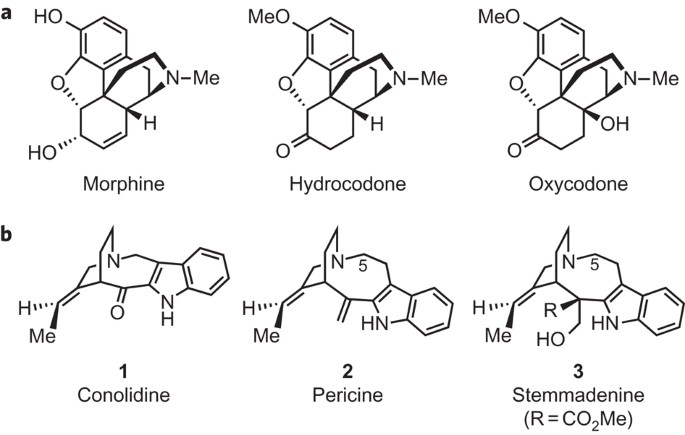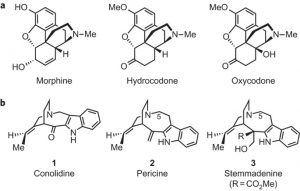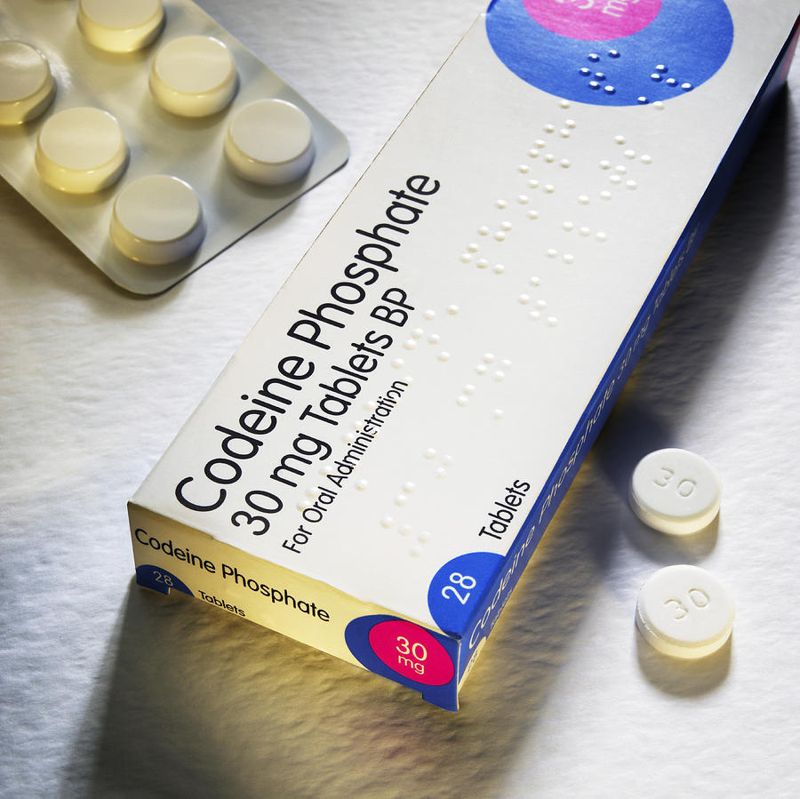
This group includes narcotic analgesics (from the Greek. Algos pain and an without), which have a pronounced ability to weaken or eliminate the feeling of pain.
Analgesic activity is manifested by substances with different chemical structures, and it is realized by various mechanisms. Modern analgesics are divided into two main groups: narcotic and non-narcotic. Narcotic analgesics, as a rule, have a strong analgesic effect, cause side effects, the main of which is the development of addiction (drug addiction). Non-narcotic analgesics act less strongly than narcotic, but do not cause drug dependence drug addiction (see Non-narcotic analgesics, including non-steroidal and other anti-inflammatory drugs).
Opioids are characterized by strong analgesic activity, which allows them to be used as highly effective pain relievers in various fields of medicine, especially in trauma, surgery, wounds, etc. and in diseases accompanied by severe pain syndrome (malignant neoplasms, myocardial infarction, etc.). Having a special effect on the central nervous system, opioids cause euphoria, a change in the emotional color of pain and the reaction to it. Their most significant drawback is the danger of developing mental and physical dependence.
This group of analgesics includes natural alkaloids (morphine, codeine) and synthetic compounds (trimeperidine, fentanyl, tramadol, nalbuphine, etc.). Most of the synthetic drugs are obtained by modifying the morphine molecule with the preservation of the elements of its structure or its simplification. By chemical modification of the morphine molecule, substances were also obtained that are its antagonists (naloxone, naltrexone).
In terms of the severity of the analgesic action and side effects, the drugs differ from each other, which is associated with the peculiarities of their chemical structure and physicochemical properties and, accordingly, with the interaction with receptors involved in the implementation of their pharmacological effects.
The discovery in the 70s of specific opiate receptors and their endogenous peptide ligands enkephalins and endorphins played an important role in understanding the neurochemical mechanisms of opioid action. Opiate receptors are concentrated mainly in the central nervous system, but are also found in peripheral organs and tissues. In the brain, opiate receptors are found mainly in structures that are directly related to the transmission and coding of pain signals. Depending on the sensitivity to different ligands, opiate receptors are divided into subpopulations: 1- (mu), 2- (kappa), 3- (delta), 4- (sigma), 5- (epsilon), which have different functional significance.
By the nature of the interaction with opiate receptors, all opioidergic drugs are divided into: agonists (activate all types of receptors) morphine, trimeperidine, tramadol, fentanyl, etc.; partial agonists (mainly activate mu receptors) buprenorphine; agonists-antagonists (activate kappa and sigma and block mu and delta opiate receptors) pentazocine, nalorphine (blocks mainly mu opiate receptors and is not used as an analgesic); antagonists (blocking all types of opiate receptors) naloxone, naltrexone.
In the mechanism of action of opioids, a depressing effect on the thalamic centers of pain sensitivity plays a role, which conduct pain impulses to the cerebral cortex.
A number of opioids are used in medical practice. In addition to morphine, its prolonged dosage forms have been created. A significant number of synthetic highly active analgesics of this group (trimeperidine, fentanyl, buprenorphine, butorphanol, etc.) have also been obtained, which have high analgesic activity with varying degrees of “addictive potential” (the ability to induce addiction).
In case of poisoning or overdose with narcotic analgesics, antagonists are used that block all types of opioid receptors (naloxone and naltrexone).


 Cannabinoids
Cannabinoids  Codeine, Dihydrocodeine
Codeine, Dihydrocodeine  Barbiturates
Barbiturates  Opium antagonists
Opium antagonists  Fentanyl
Fentanyl  2C-B
2C-B  MGM-15
MGM-15  PiPTapentadol
PiPTapentadol  Methoxptamine (MXP)
Methoxptamine (MXP)  Nortilidine
Nortilidine